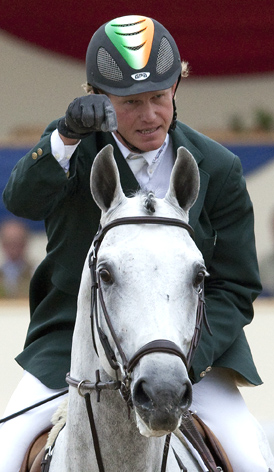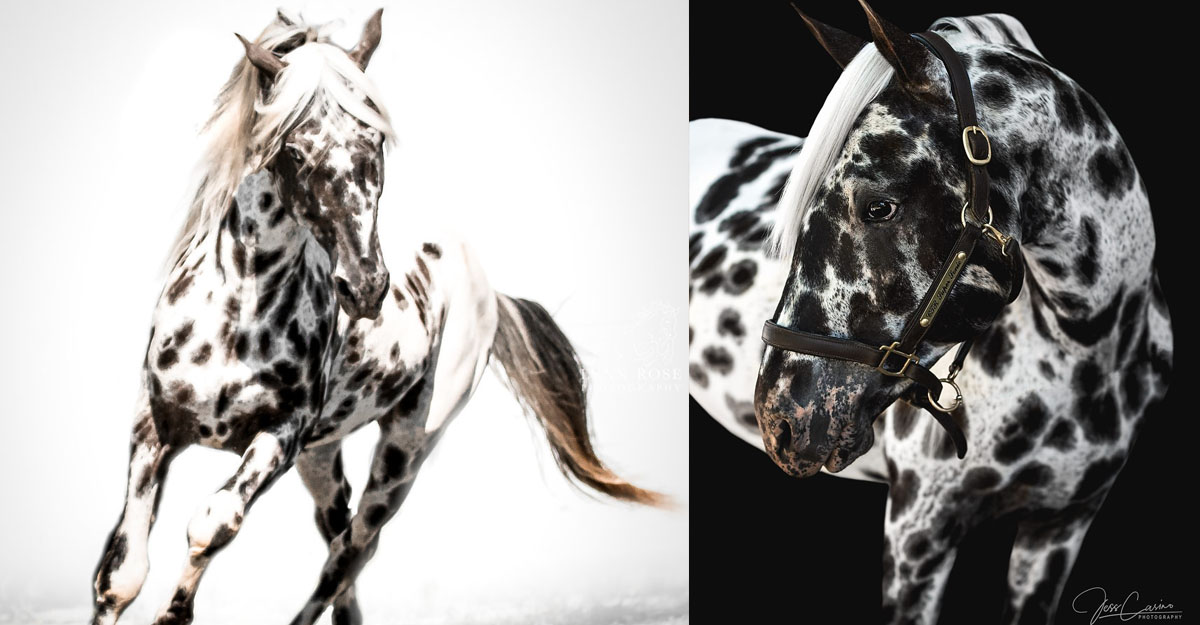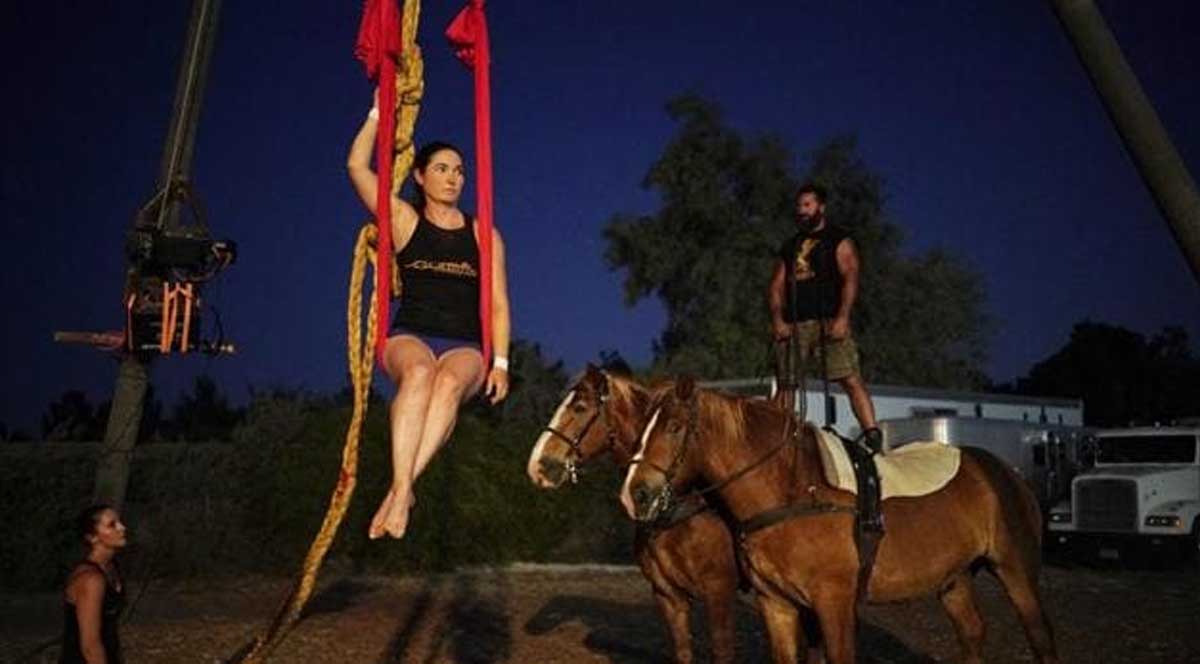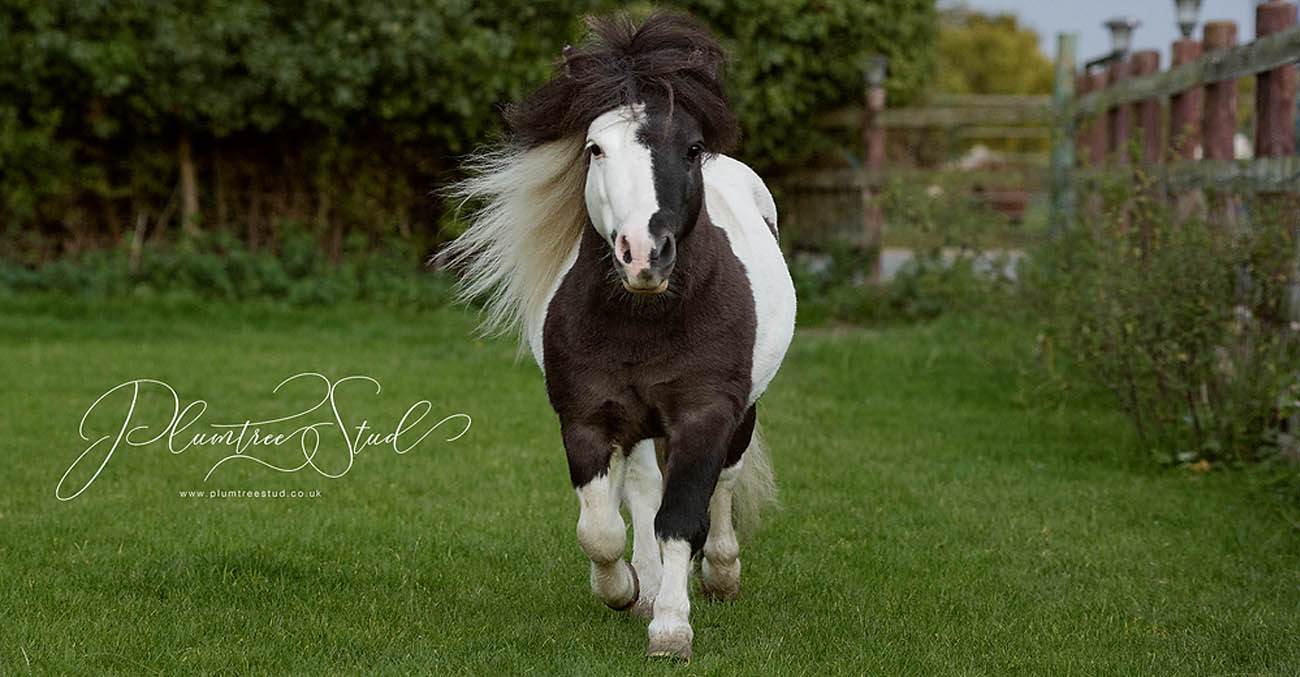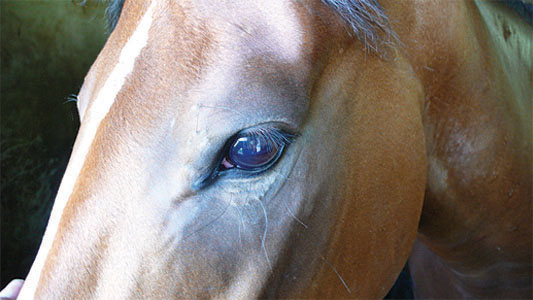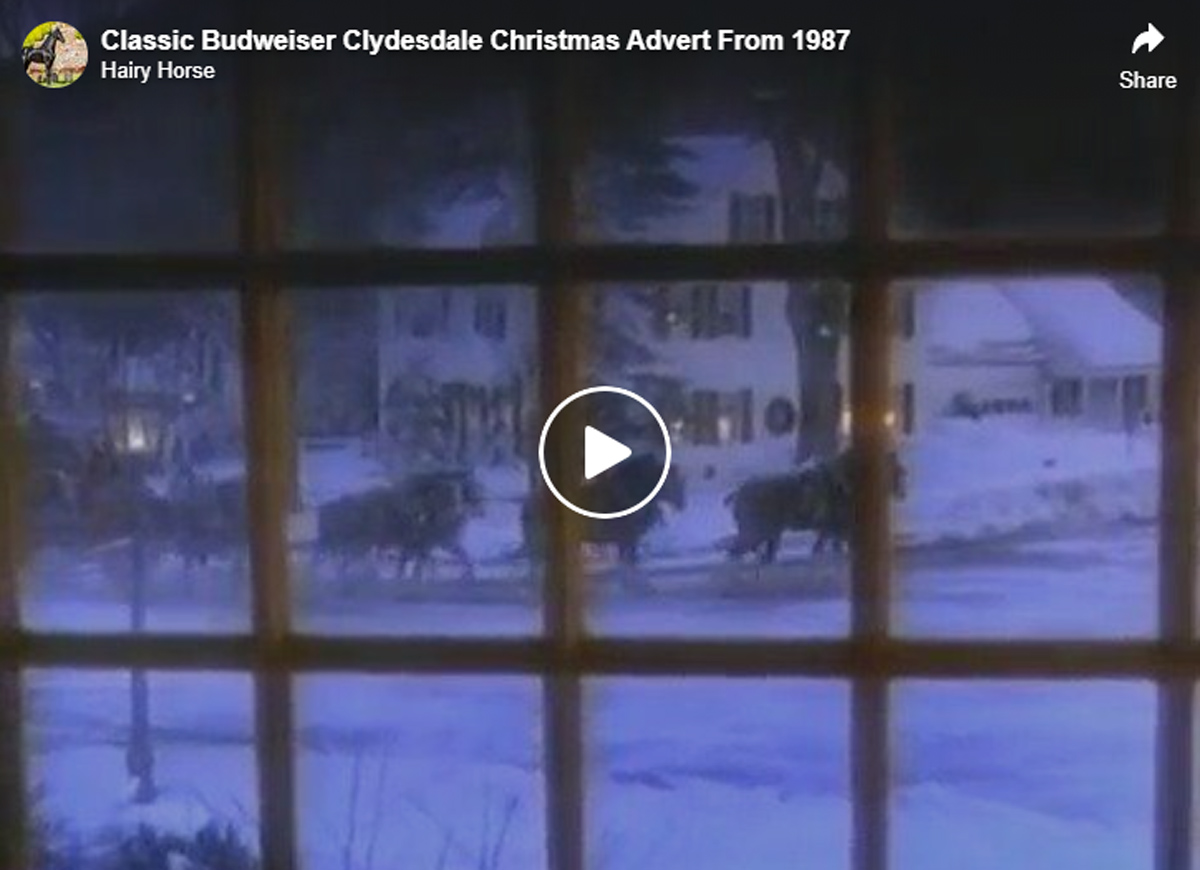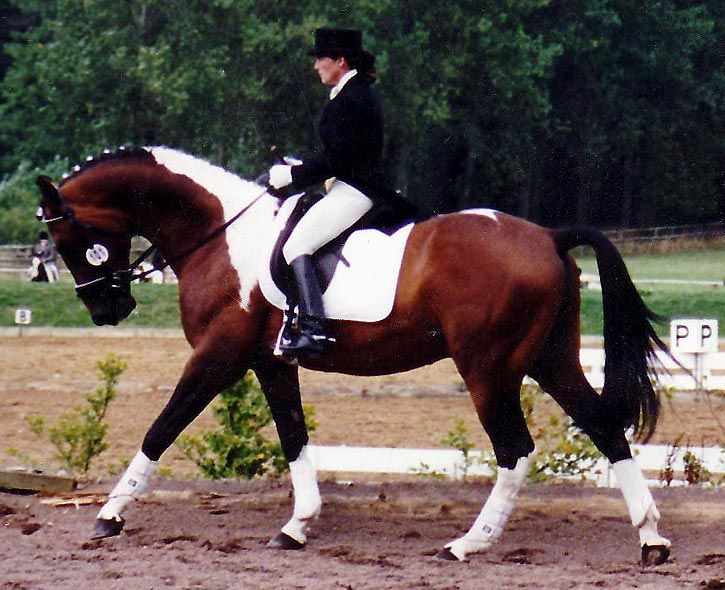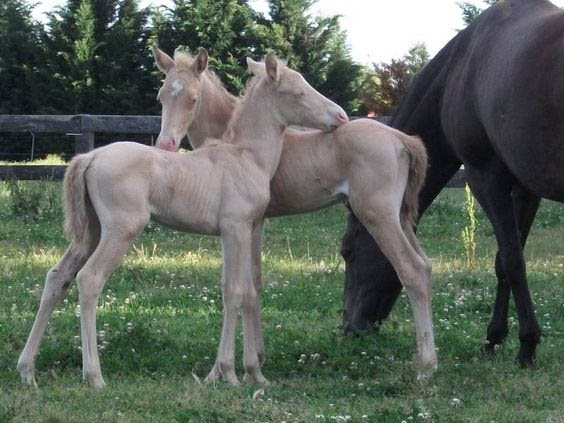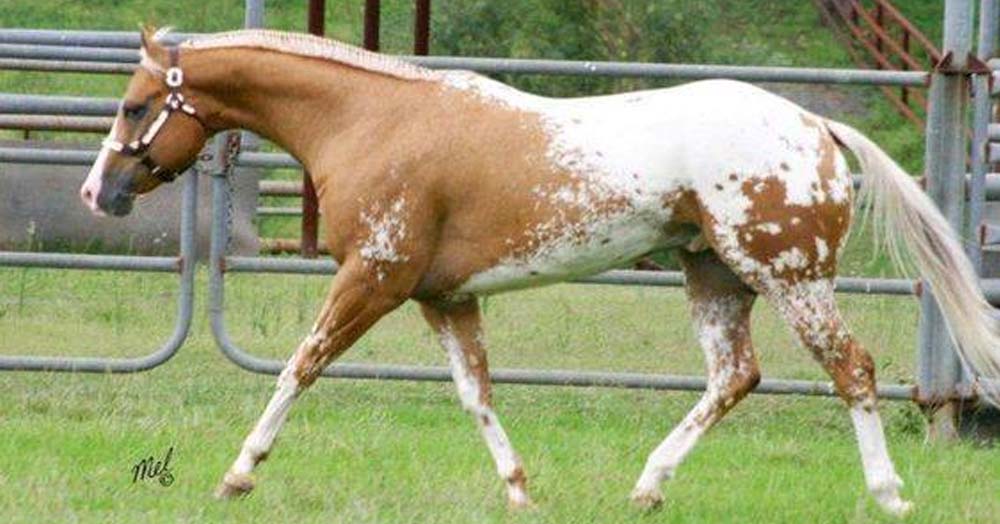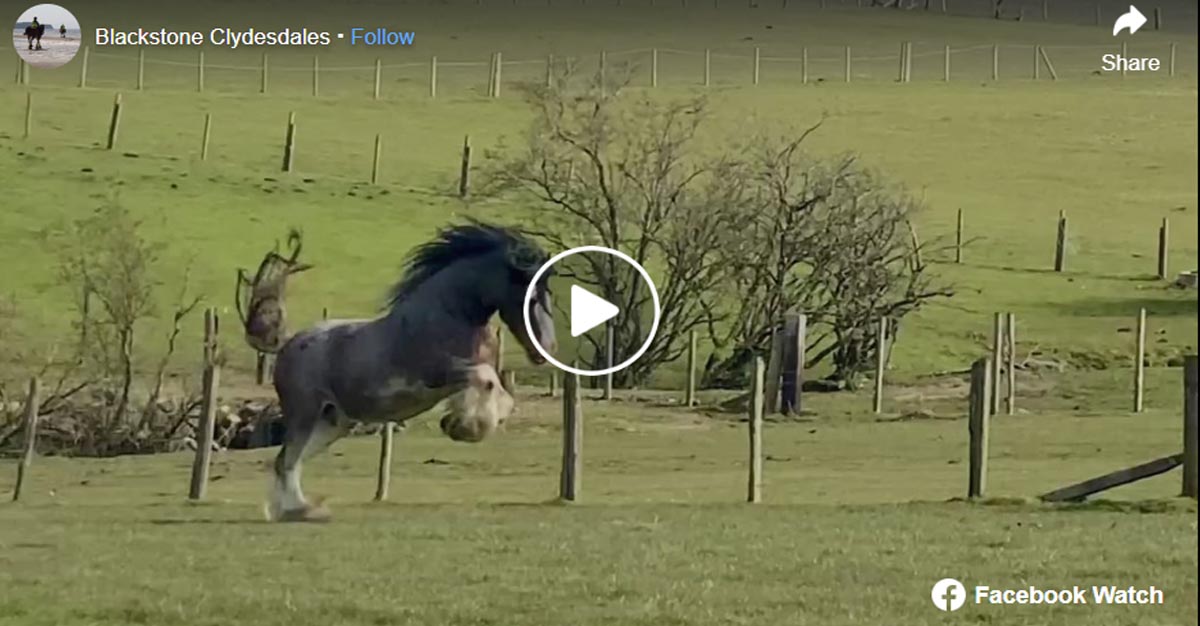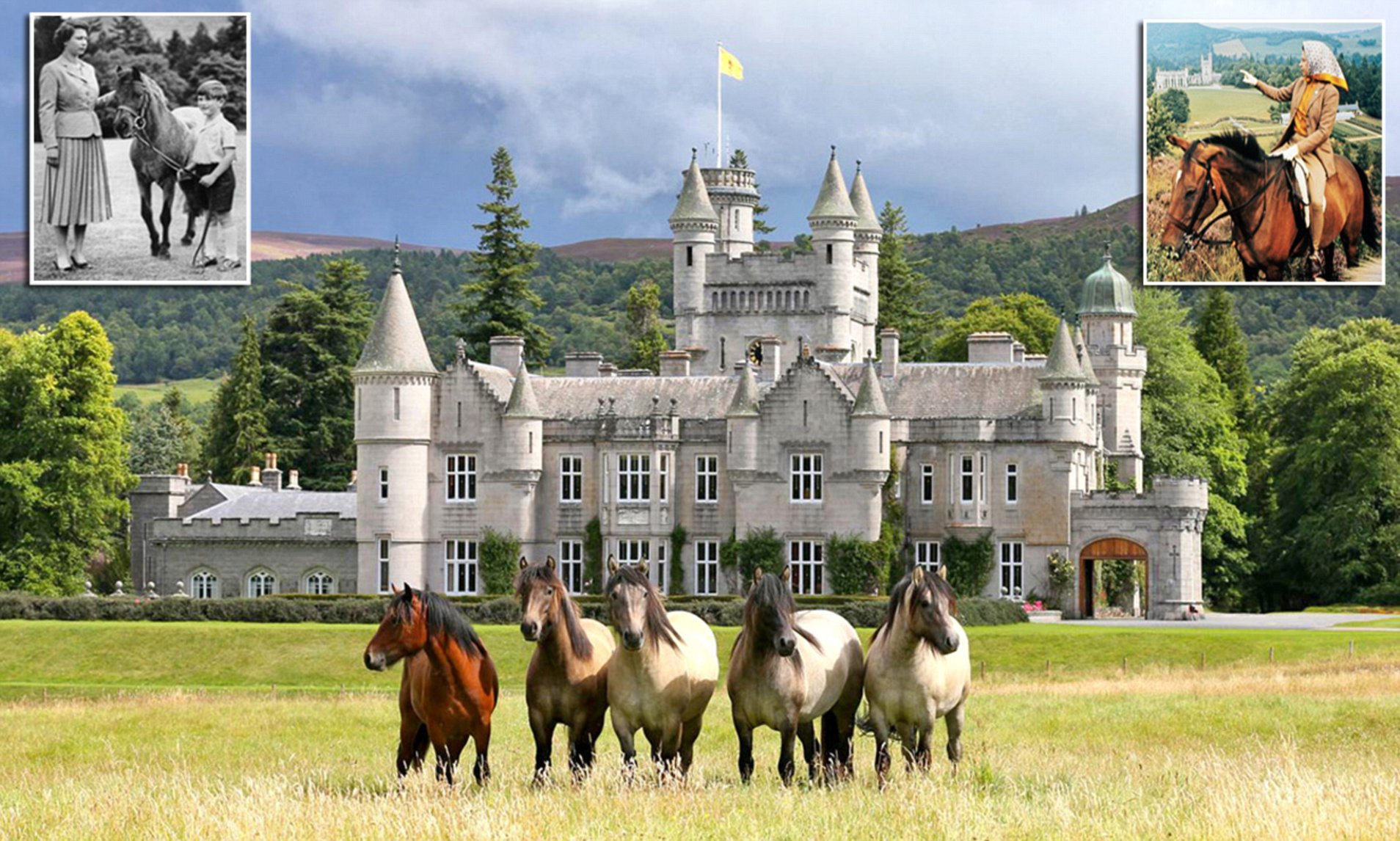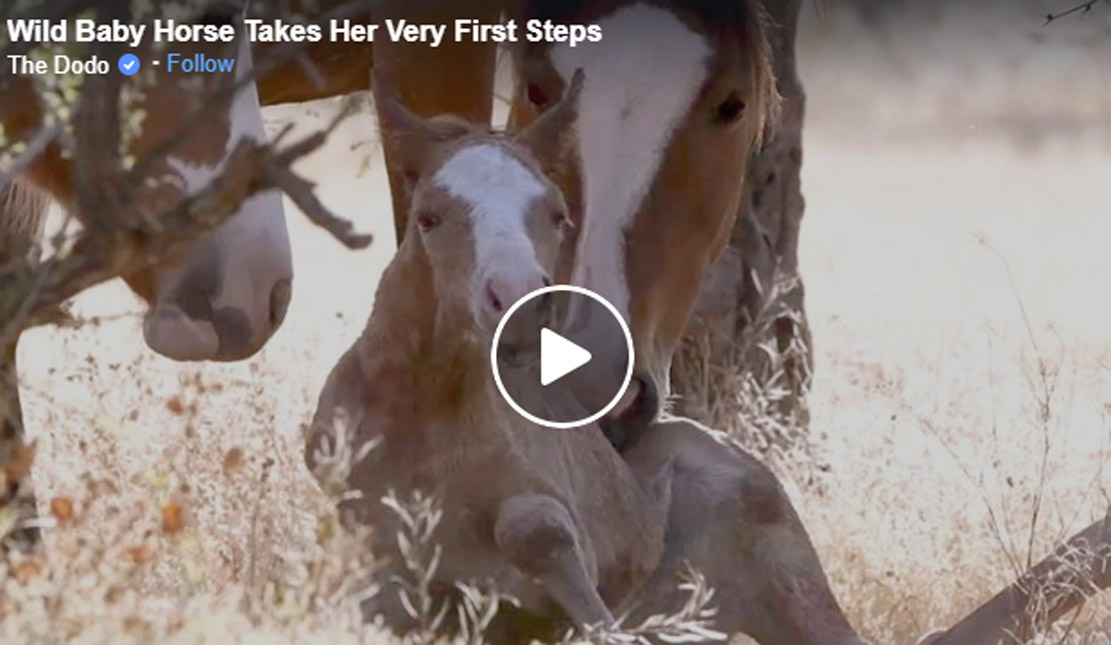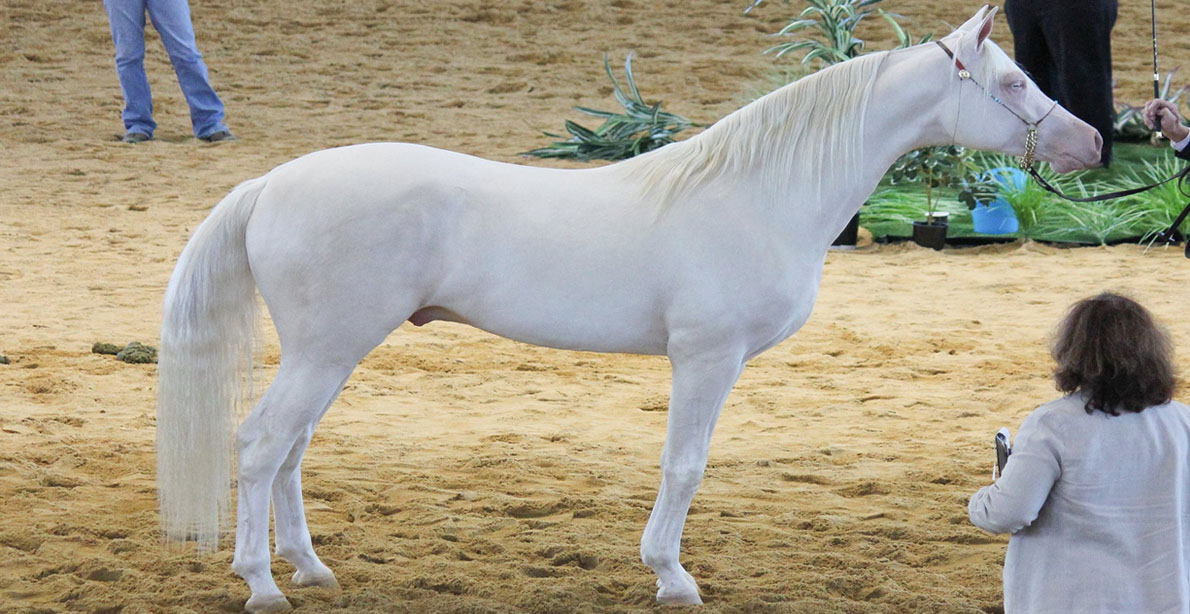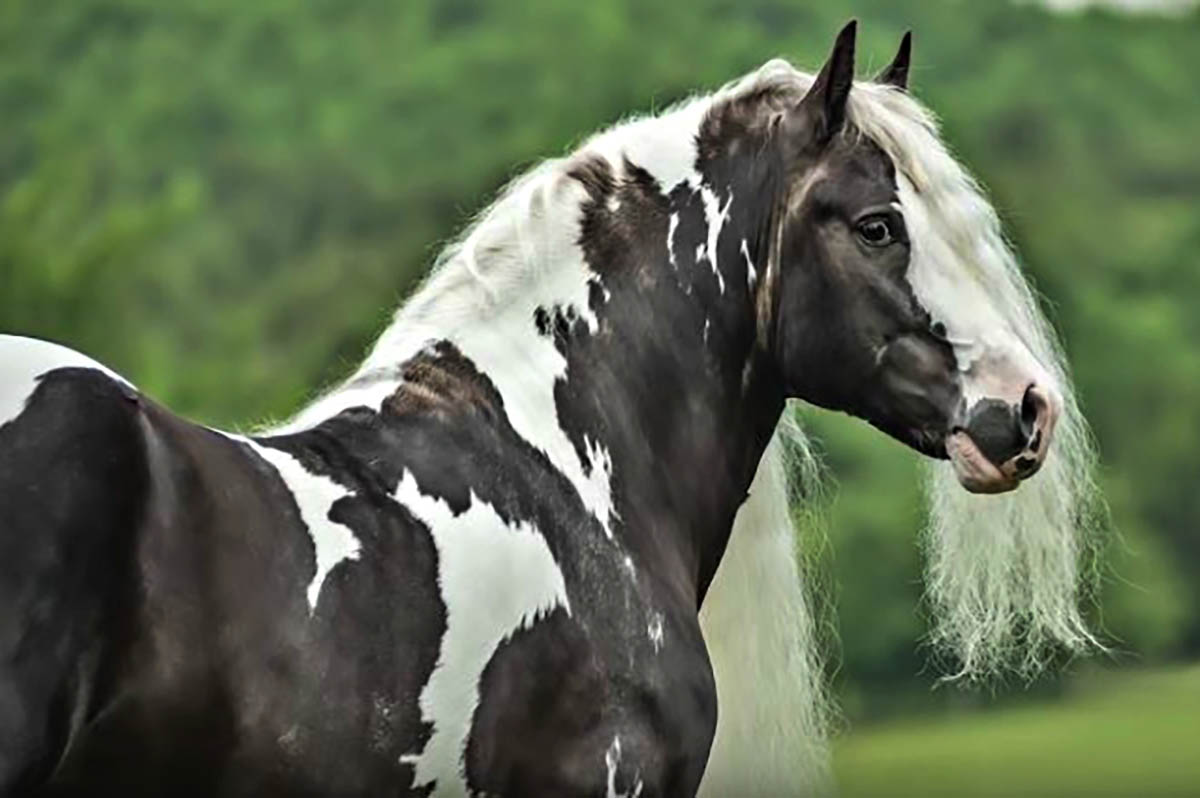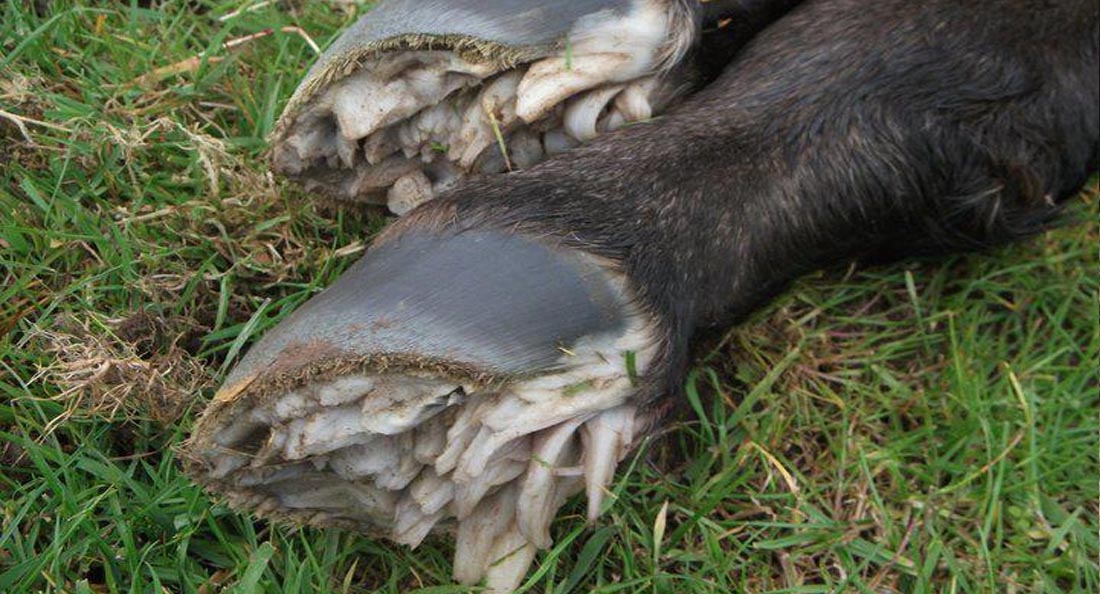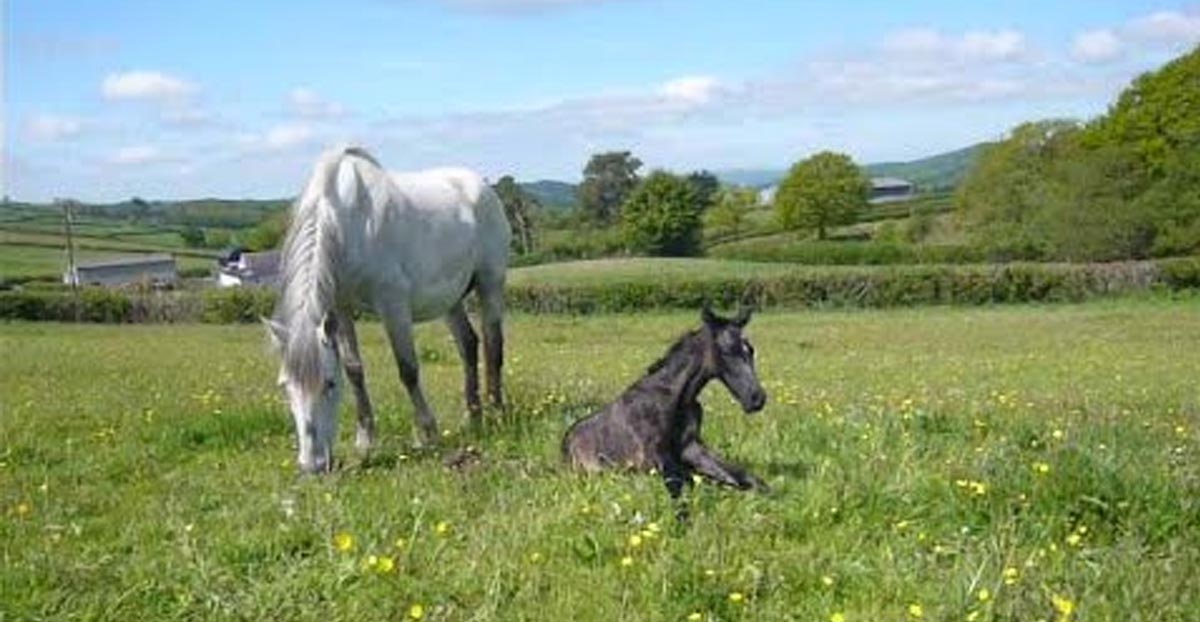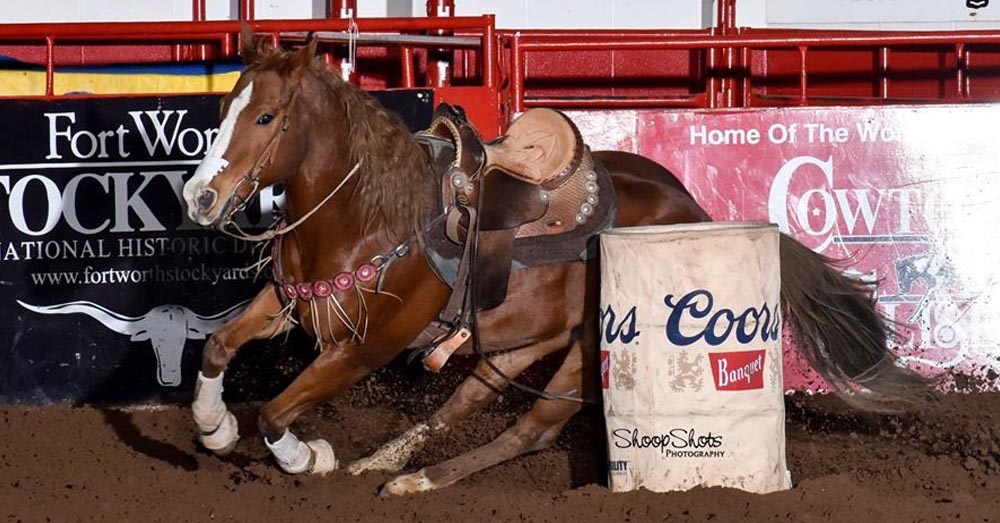Equine Dentists

Healthy Pearly Whites Using Horse Supplements
Healthy Pearly Whites Using Horse Supplements Horse Supplements provide the essential vitamins and minerals necessary for sturdy horse teeth. Why all of the anxiety regarding a few little points? How could tiny sharp edges on teeth cause a big powerful creature to perish before its time? These points can be quite razor-like, in fact slicing deep into one`s finger when rubbed throughout them while examining the mouth. These sharp points they often cut to the horse`s cheeks when they gnaw and result in soreness where a bit or halter pushes the cheek against a pointed tooth. They could also result in slab cracks.
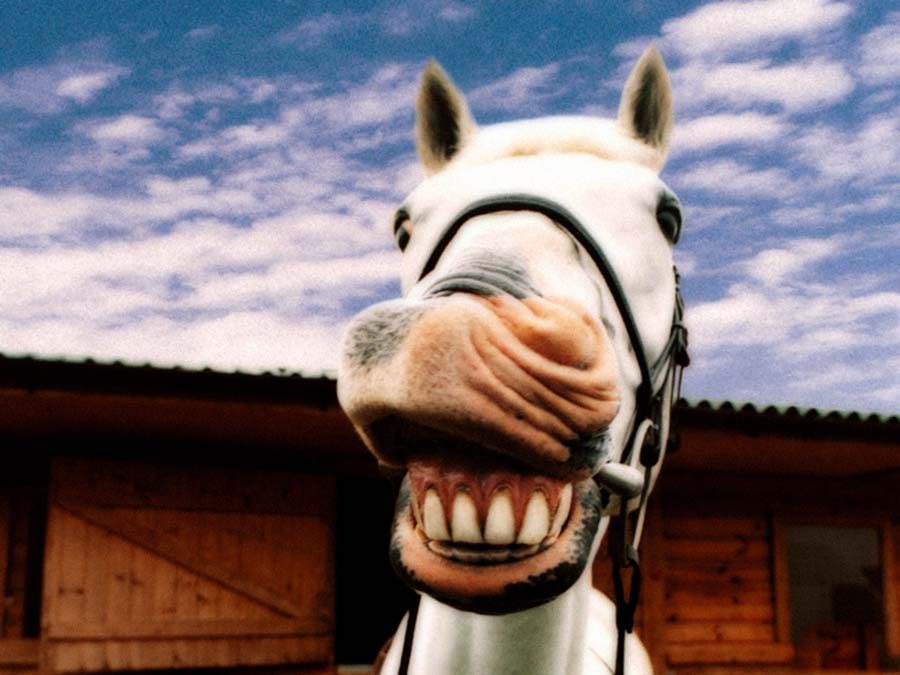
History Of Dentistry For Horses
The first reports of dental treatment in horses are from the 12th century.More than half a century ago, the importance of dental care for horses was a topic in educational films and there was a horse dentist who is recognized worldwide in Germany.
As early as 1930 Prof. Becker lectured at universities and in educational films and published basic work on dental treatment in horses. The Hauptner company manufactured a mobile dental treatment station that, with some technical changes, could still meet today`s standards. Unfortunately, much of it was forgotten after the Second World War. The horse disappeared from the scene as an important economic operator and with it the knowledge of dental care.
Little attention has been paid to dental treatment in Germany in recent decades. The simple grinding and rasping of sharp edges was considered sufficient. In parallel to the stagnation in dental treatment in Germany, horse tooth treatment continued to develop worldwide.
Especially in the USA, Canada and Australia, schools have established themselves that teach equine dentistry and enable training to become a horse dentist.
With our regained knowledge, we can say with certainty today that for the horse that is primarily used as a sport and leisure partner, minimal treatment - grinding the sharp edges is not of sufficient use.
The Biomechanics Of The Equine Jaw
Contact, balance and mobilityThe movement of the jaw takes place on three levels, which ensures feed intake and size reduction.
In addition to the up and down movement, the horse`s lower jaw can perform a back and forth movement as well as the lateral movement to the left and right. The up-down movement opens and closes the mouth for the feed intake, the forward-back movement serves to push the feed bale further and the lateral movement enables the grinding process.
The forward-backward mobility should be about one cm. The sideways mobility must be between 25 to 30mm on each side. The values given apply to an average sized warmblood horse.
The temporomandibular joint must therefore be able to move freely in these three dimensions in order to enable fatigue-free and balanced chewing.
Chewing itself is the repetition of a rhythmic, circular movement. It is coordinated by the controlled contraction of the muscle groups responsible for the movement of the jaw.
If a tooth blocks one of these directions of movement, it is to be regarded as a problem tooth!
The upper jaw is wider than the lower jaw, so it is not possible to chew on both sides at the same time, the horse has to change the active side again and again. If you change evenly, there is even abrasion on both sides and the jaw remains in balance.
As the occlusal surfaces of the molars are inclined, the chewing cycle after moving the lower jaw first downwards and then outwards moves the lower jaw inwards when the jaws are raised.
The grinding process takes place during the inward movement. The inclination of the occlusal surfaces of the molars should be 12-15 degrees.
The length and the angle of the incisors are of crucial importance for the contact of the molars. The angle of the incisor chewing surface should be about 10 degrees. If the incisors are too long, the contact between the molars deteriorates.
The healthy, functional jaw of a horse is in a freely movable 3 point balance - the molars on the right side of the jaw, the left side of the jaw and the incisors are in contact. With such a balanced bit, the chewing pressure is distributed between the molars, incisors and jaw joint.

Evolution Of Horses Teeth
In the course of evolution of the horse, a highly specialized grazing animal developed. This development goes hand in hand with the development of a chewing apparatus that is specialized in steppe life.The horse had to be able to process its very hard and crude fiber-rich feed in small portions with the help of its bit in such a way that the poorly accessible nutrients can be dissolved more easily.
This is how a set of teeth developed, the teeth of which are melt-folded, so that the harder grass structures can also be ground. Since the grinding process, like the pinching off of the hard steppe grass, results in wear of the tooth substance, the entire chewing apparatus has been worn down by the intake and crushing of the feed. The inclusion of sand and earthy structures largely avoided the formation of sharp edges. Due to this specialization, the horse feeds tooth substance, in simple terms the teeth grow, about 3mm a year.
The abrasion of the tooth structure and the well matched upper and lower jaw created a natural equilibrium in the horse`s mouth, in which growth and abrasion were balanced. Horses with bitternal anomalies were not very viable, due to insufficient feed intake and poorer condition they were weaker and became easier prey for predators, they were, so to speak, selected.
Domestication
The domestication of the horse changes several parameters that are crucial for dental health. Not only that the feeding of our horses is very different from the horse`s original diet - from an evolutionary point of view the horse turns from a leaf eater to an oat motor. Our modern feeding system disturbs the balance between abrasion and re-feeding, which can cause a wide variety of problems.
With horse breeding we also have a significant influence on the teeth of our horses. Genetically speaking, the upper and lower jaws of the horse are inherited independently of one another and the refinement that takes place in almost every breed has the consequence that, especially with our sport horses, the lower jaw is often too narrow in relation to the upper jaw, especially with our sport horses is short or too long, so that the formation of sharp edges is even more favorable.
If the horse is able to protect itself against mucous membrane injuries by filling up the cheeks with food, the riding horse has no chance of escaping the pain, since the cheek piece of the halter or bridle leads the cheek mucosa when guiding or riding to the sharp edges of the Upper jaw teeth presses. This makes it clear that a horse that is used as a leisure or sports partner is entitled to regular dental treatment. Many equestrian problems begin in the horse`s mouth and have an effect on the horse as a whole.
Horses Teeth
healthy horses teeth consist of five groups of teeth.In the literature, the wolf tooth is often counted among the pre-grinding teeth, although its structure differs considerably from that of the real molars. Here it should be listed as a separate group:
1. Incisors - Dentes Incisivi I1-I3
2. Hook teeth, stallion teeth - Dentes Canini C
3. Wolf teeth - Dentes Lupinus P1
4. Pre-grinding teeth, anterior molars - Dentes premolar P2-P4 5. Grinding teeth, posterior molars - Dentes Molares M1-M3
Fig. 2 Skull of a 4.5 year old horse
 The adult horse has a total of 12 incisors, all 12 of which are created as milk teeth. The milk incisors are replaced from the inside outwards by the permanent ones at the age of 2.5 to 4.5 years. Incisors have so-called enamel protrusions, the infundibulum, which can be used to estimate the age of teeth.
The adult horse has a total of 12 incisors, all 12 of which are created as milk teeth. The milk incisors are replaced from the inside outwards by the permanent ones at the age of 2.5 to 4.5 years. Incisors have so-called enamel protrusions, the infundibulum, which can be used to estimate the age of teeth.
In the adult male animal there are usually 4 hook teeth (see Fig. 1), whereby these occur in mares in different numbers from one to four, are not present at all or are hidden as blind hook teeth under the gums. The hook or stallion tooth is a molten tooth and has no occlusal surface (occlusal surface). There are only rudimentary milk tooth structures that do not break through; at the age of 4-5 years, the permanent hook teeth break through the gums.
Wolf teeth can already be found in different numbers in one-year-old horses. Everything seems possible from one to eight, with most horses having one or two wolf teeth in the upper jaw, occasionally in the lower jaw, very rarely more than four are found.

Wolf teeth also appear hidden under the gums as blind wolf teeth or clearly in front of the first molar tooth as a broken wolf tooth. In both cases, they pose significant equestrian problems.
Fig. 5 sprinkled wolf tooth

The molars are enameled and there are usually 24 permanent molars in the adult horse, with only front molars P2-P4 having milk tooth precursors that are changed from front to back between the ages of 2.5 years and 3.5 years. The posterior molars M1-M3 erupt as permanent teeth at the age of 1, 2 and 3 years.
Equine Dental Instruments
All equine dental equipment is manufactured by World Wide Equine, Inc. USA. UK orders for catalogues and equipmentEQUINE DENTISTRY UK
Tel: 01249 720664. E-mail: sales@equinedentistry.co.uk
Jozef Wittouck
Jozef Wittouck - Belgium - Endurance Rider | Horses competed by Jozef Wittouck includes MALIK (PUR SANG ARABE)
Good Horse Health Begins With Good Teeth
There are many components to a horse`s health, but good horse health beings with caring properly for horses` teeth. Having good teeth will ensure your horse is comfortable, can prevent disease, and ensure their diet stays consistent and just right for them.Overview of a Horses Mouth and Teeth
As you`re probably more than aware, horses chew immense amounts of hay and other grass a day, and this diet means their teeth take a lot of grinding and action over the days and years which wears the teeth down considerably. Just like it`s not good for a human to grind their teeth, however, horses` teeth are particularly built to withstand this by continually growing over their lifetime.
This does mean though that sometimes the teeth can grow unevenly and leaves sharp edges, which leaves the horse in considerable discomfort. This is why it`s important to keep an eye on your horses` teeth, because you`ll know when they need to be fixed.

Prevention
As mentioned before, preventing problems with your horses` teeth is better than needing to deal with any problems later on. You may be asking what can I do then to make sure my horses` teeth remain healthy and he or she happy? There are a few ways to do this.
The most obvious is to have regular dental checkups. Just as you would with a vet for regular overall well-being, regular checks on your horses teeth by an expert can ensure your horses teeth are all in order and the way they should be.

Another way of preventing teeth problems is by providing your horse with good quality long fiber. This means that it won`t wear the teeth down nearly as badly and it won`t wear them down unevenly either.
Spotting Problems
There are a few symptoms your horse may show if they have dental problems and this can include bad breath, dropping partially chewed food, decreased appetite or slow eating, packing food within cheeks, poorly digested droppings, weight loss or an unsteady head carriage while riding. If your horse is experiencing any of these problems then it may be time to have them checked out by a dentist outside of regular checkups.
Just by being aware and attentive to your horse and making sure they have the best feed available to them you can ensure they remain healthy and happy and your horses teeth and overall health will thank you.

Richard Halls Equine Dental Technician | Bedfordshire, UK
RICHARD HALLS STARTED RIDING IN 1957. HE HAS RUN FOR NEARLY TWENTY YEARS WITH HIS PARTNER JEAN THEIR VERY SUCCESSFUL RIDING SCHOOL AND LIVERY YARD NEAR WOBURN ABBEY. HE HAS COMPETED FOR MANY YEARS AT R/C LEVEL. HE TRAINED FOR DENTISTRY AT THE AMERICAN SCHOOL OF EQUINE DENTISTRY IN MARYLAND UNDER THE INSTRUCTION OF DR RAY HYDE. RICHARD HALLS HAS PASSED THE BRITISH EQUINE VETERINARY ASSOCIATION DENTAL TECHNICIAN EXAMINATION WITH DISTINCTION.RICHARD HALLS
WARREN FARM
COBBLERS LANE
STEPPINGLEY
BEDFORD
MK45 5AR
01525712306
contact info@horsedentistry.co.uk
Steven Gagan Horse Dentist, Manchester, UK

Steven Gagan horse dentist can help improve your relationship between yourself and your horse, ensuring your horses teeth is in good condition can help improve your horses nutrition and help improve your horses rideabilty, from regular checkups through to dental treatments to remove pain and fix dental problems. Call 07545 453576
Croft Equine - Dentistry & Horse Sales | Lincolnshire, UK

Female equestrian dentist, offering a compassionate service for your horse, looking after your horse, very experienced with young and inexperienced horses who may be worried or nervous when your dentist comes to visit. Call | 07585 856652
Tatiana Peter | Horse Dentist, Melle Germany
Centered Riding Instructor III and equine dentist° Feldenkrais educator
° Graduate veterinary practitioner
° Graduate horse alternative practitioner
° Hoof care training at BESW
° Training as agricultural specialist in hoof care
° Supervisor in equestrian sports (FN)
° Rittführer (FN)
Tatiana Peter
Meesdorfer Straße 25
49328 Melle
Telephone: 0 54 27/60 135
Fax: 0 54 27/60130




